OK Brand 16 ft. x 50 in. Max 50 Feedlot 10-Line Galvanized Cattle Fence Panel – 350207799 – 0060-0
Protect and contain your livestock with OK Brand Max 50 Feedlot 10-Line Cattle Fence Panel. The feedlot panel is perfect for keeping cattle, pigs, goats, and other livestock or animals fenced in. The feedlot panel fence is lightweight and flexible, so it is easy to maneuver. with one pc. welded steel construction, this panel is extremely sturdy and sag resistant, making it the perfect low-maintenance, high-quality feedlot panel.
Protect and contain your livestock with OK Brand Max 50 Feedlot 10-Line Cattle Fence Panel. The feedlot panel is perfect for keeping cattle, pigs, goats, and other livestock or animals fenced in. The feedlot panel fence is lightweight and flexible, so it is easy to maneuver. with one pc. welded steel construction, this panel is extremely sturdy and sag resistant, making it the perfect low-maintenance, high-quality feedlot panel.
- Feedlot panel won’t break down or collapse when cattle, pigs, sheep or other large livestock run into or rub against it
- Constructed of 4 gauge wire Galvanized before welded
- Graduated 8 in. vertical x 4 in. horizontal to 8 in. vertical x 6 in. horizontal mesh
- Welded one pc. steel construction helps the feedlot panel fence last for years
- Virtually maintenance free
- Snag resistant
- Easy to erect with no stretching
- Not all panels available in all stores
OLD FASHIONED GUARANTEE
Additional information
| Animal Type | Cattle, Hogs, All Animals |
|---|---|
| Features | Galvanized Before Welding Graduated Spacing |
| Primary Material | Wire |
| Warranty | Old Fashioned Guarantee |

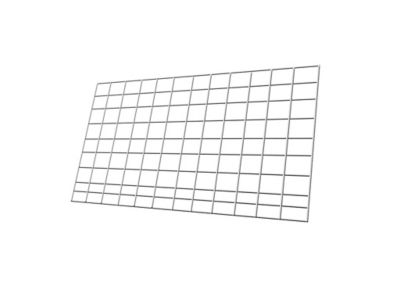
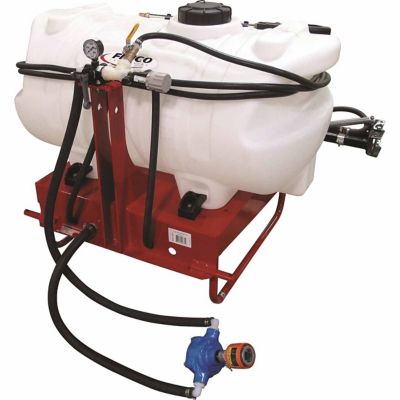
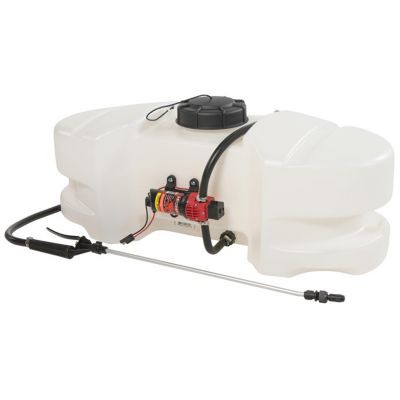

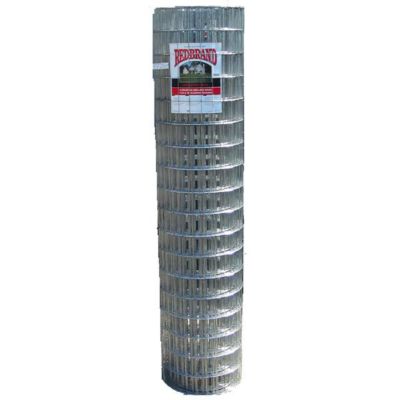
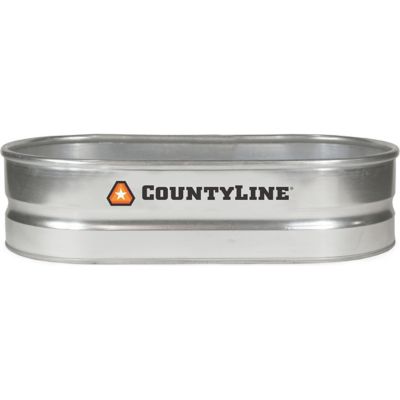
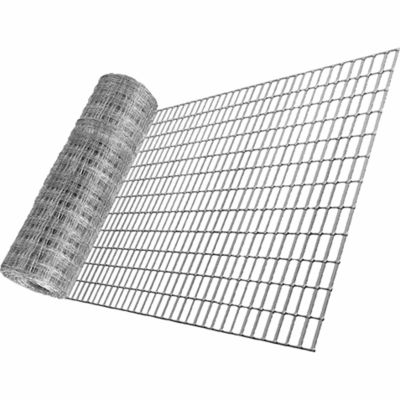

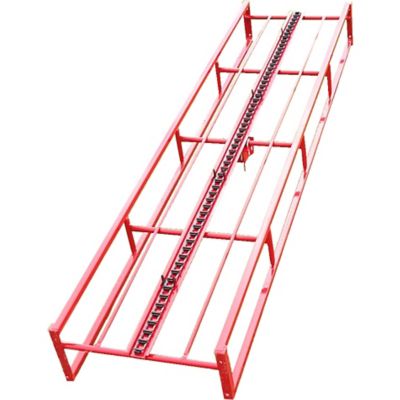
by Kate
Does the job. Using as a temporary pen for a couple of goats. Not too heavy, easy enough for me to drag each panel to where I need it.
by Nadina
Tractor supply was very quick about getting my order ready for pickup. I use Tractor supply for all my farm needs.
by Yam
Love these panels! We use these to make arched tunnels for vines (beans & squash) to grow over. Also I set up a moveable pen for ducks & geese with 4 of these. Very versatile!
by Joe
Great product at great price – using as trellises and cut into tomato cages. Easy to carry, if you just fold this on the standard 8ft trailer.
by Bonnie
I bought these panels to make a small temporary area for my horse and they’ve held up so well. I love these and although they’re pricey for a big pasture area, they worked great for me. They are sturdy and are definitely worth it!
by Sheila
These are pretty nice panels. I used them to fence my garden and make arches over the top for partial shade.
by Christy
Great quality and value. Panels are large, but the employees helping us knew all the tricks to get them in the truck
by Bappa
Worked great for our garden. Used this instead of normal welded wire. Can be removed for easy clean up at the end of the season.
by Richard
The panels were ordered on line Easy pickup and friendly fellow helped me cut them with my bolt cutter and load on the trailer.
by Tarra
Just what I always needed. We used cattle panels to create a archway to grown vegetables in our garden. I love the quality of this product. Thank you Tractor supply for carrying good quality products at a decent price.
by Lori
I bought 2 to use in the garden as arched trellises and I’m really happy with them. At the moment they are covered with tomato, morning glory, and pumpkin vines (with large pumpkins) and seem to be quite sturdy.
by Robo
I used these panels as trellises in my raised bed gardens. They are the perfect medium for cucumbers beans and squash and will last for many years.
by Chef
Perfect for cattle panel arched trellis. Come prepared to pick them up, they don’t bed that much!! I found it best to build a frame on the roof with 2x4x 12 ft’s and secure them with ratchet straps
by Jones
They are not just for cattle. My wife bought two so as to make a garden trellis and side wall for tomatoes and other plants to grow up on.